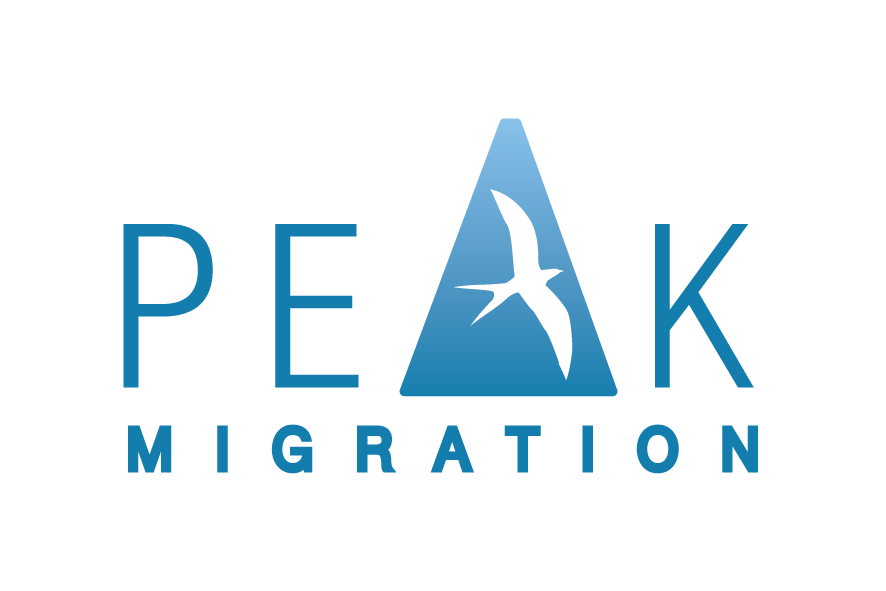WHM visas: Critical health work on COVID 408 visa to count towards second or third WHM visa for applications lodged from 14 Nov 2020
/Various changes have been made to the Migration Regulations 1994 (Cth) enabling former working holiday makers (Subclass 417 - Working Holiday visa and Subclass 462 – Work and Holiday visa) who have undertaken critical health work as the holder of a Subclass 408 – Temporary Activity visa under the Australian Government endorsed events stream and as a result of the COVID-19 pandemic to count this work towards either a second or third working holiday visa. It also repeals the offshore Subclass 124 – Distinguished Talent visa and amends the onshore Subclass 858 – Distinguished Talent visa to bring it more in line with newer visas.
Most amendments came into effect on Saturday (14 November 2020).
Specified Subclass 417 work
The first notable change is the removal of definitions of specified work and regional Australia for 417 visas and replaced with a broader definition of specified Subclass 417 work. The reason for this is that the notion of regional Australia is rather misleading when work such as bushfire relief, and COVID-19 work being accepted as specified work despite not needing to have been undertaken in regional Australia. This definition mirrors specified Subclass 462 work, which applies to 462 visas, the other working holiday visa.
Critical health work as the holder of a 408 visa to count for second or third WHM visa
Perhaps the biggest change is the provision to allow ‘critical health work’ carried out in any part of Australia as the holder of a 408 visa, granted on the basis of meeting the COVID-19 pandemic requirements, will count towards specified work for a second or third WHM visa.
As second and third WHM visas require the work to have been undertaken as the holder of a WHM visa, those former WHM visa holders who were granted 408 visas because they did not undertake specified work when they held a WHM visas but who undertook critical health work, can now claim this work experience to obtain a further WHM visa. Work experience will also count if they held an associated bridging visa. There must, however, be an unbroken chain of either a WHM visa or 408 visa. This requires that no more than 28 days have passed between one of these visas ceasing and the next having been lodged.
This rewards those who have contributed to Australia’s handling of COVID-19 by enabling 408 visa holders to become the holders of a WHM visa again, which would not have otherwise been the case.
A distinction should be made between critical health work and working in a critical sector. Critical health work takes the same definition as was previously listed as specified work for 417 or 462 visas, namely: medical treatment, nursing, contact tracing, testing and research; or support services such as cleaning of medical and health care facilities and equipment.
This is a narrower definition than working in a critical sector, which is a requirement to be granted a 408 visa with work rights. Working in a critical sector includes agriculture, food processing, health care, aged care, disability care or child care.
These concessions will apply to any WHM visa lodged on or after 14 November 2020. If granted, the WHM visa add a further year from the date any 408 visa would have expired, operating similar to how long a second or third WHM visa would be granted for.
Offshore 124 visa repealed, health waiver provision added
Older Australian visas have onshore and offshore subclasses with the criteria for grant much the same. What subclass is lodged depends on where the visa applicant is at the time of applying. A couple of examples are child visas (Subclass 101 – offshore and Subclass 802 – onshore), and of course partner visas (Subclass 309 – offshore and Subclass 820 – onshore). The Distinguished Talent visa suffers from such a duality.
Newer visa subclasses have done away with this duplication by allowing visa applicants to apply when either offshore or onshore. Of course, onshore applicants must not be barred from making a further application and generally must hold or have recently held a substantive visa or bridging visa.
As the Distinguished Talent visa has been hijacked by the Global Talent program and has received far more than the 200 places for distinguished talent allocated this program year, and perhaps to avoid any confusion, the offshore Subclass 124 – Distinguished Talent visa was repealed on 14 November 2020.
The onshore Subclass 858 – Distinguished Talent visa obviously remains but minor adjustments include that:
applicants may be in or outside Australia to validly lodge an application;
if an applicant in Australia, they must hold either a substantive visa or a Bridging visa A, B, or C; and
applicants can be either inside or outside Australia but not in immigration clearance at the time of visa grant.
More importantly, however, is the ability to access health waiver provisions, which applies only to visas where Public Interest Criterion (PIC) 4007 applies. Where PIC 4005 applies, no health waiver is possible. This article explores this distinction in depth. PIC 4005 has been replaced with PIC 4007 for 858 visas.

